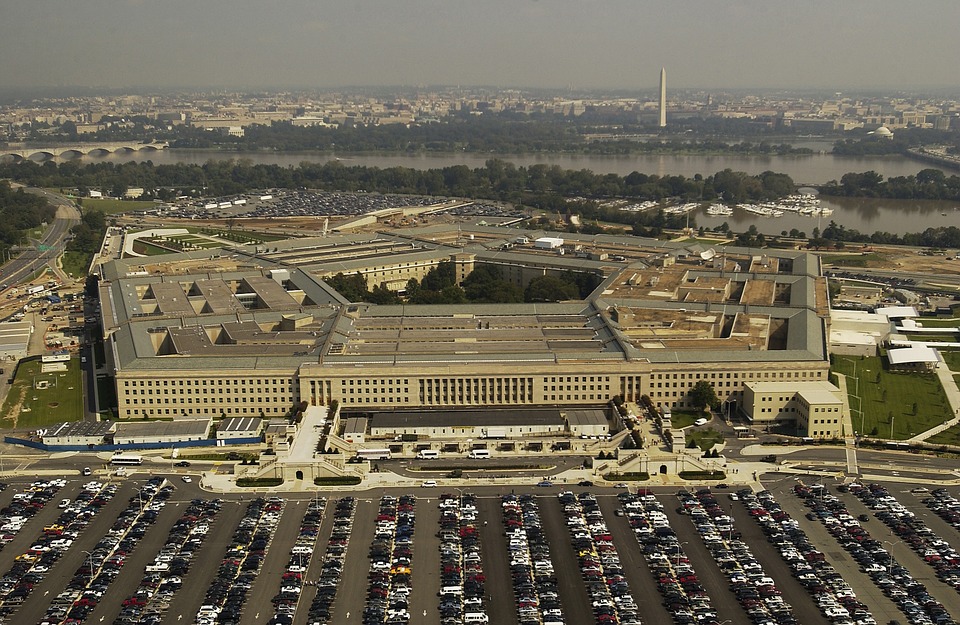
The effort was started in the fall after several academics and Silicon Valley executives, including Alphabet chief executive Eric Schmidt, visited the Air Force's air operations center in Qatar as part of a tour of U.S. bases in the Middle East.
The visitors, part of then-Defense Secretary Ash Carter's new Defense Innovation Board, were surprised to see that the Air Force used a white marker board to plan the elaborate daily effort to refuel aircraft involved in the war in Iraq and Syria, said Joshua Marcuse, the board's executive director.
"The board members were horrified and appalled at the way we were doing it," Marcuse said. "But they were also really impressed with the young men and women who had the ingenuity to try to work through this on their own. They just felt there had to be a better way."
Schmidt, chairman of the innovation board, suggested that the Pentagon's Silicon Valley office could address the problem quickly. The effort has included Air Force coders deploying to Qatar and a Silicon Valley company working daily with the military to improve the software.
The effort could stand as an example of how the Pentagon's Silicon Valley office - known as DIUx, short for Defense Innovation Unit Experimental - is gaining traction after initially struggling following its formation in 2015. The office was created with the goal of making it easier for tech firms to work with the Pentagon, which has traditionally contracted more with older defense companies.
Airmen involved in refueling planning said the job used to take a handful of airmen about eight hours each day to complete. Several airmen said that time period has since been reduced to about four hours. The time period could be reduced even further as new editions of the program include an "auto-flow" feature that creates a baseline daily tanker program on its own that pairs aircraft with planes capable of refueling with them.
"We commonly refer to it as the 'easy button,' which can go ahead and really create the plan in a matter of seconds," said Air Force Capt. Benjamin Mendel, who performs refueling planning in Qatar. The old way of planning refueling, he said, was akin to the childhood game of telephone, "where you'd say something, but someone else would hear something else, and you would just get errors."
The $2.7 million contract involved in the program is between the Air Force and a Silicon Valley company, Pivotal Inc., that has often worked with large corporations such as Ford and Home Depot. The effort is expected to reach beyond the operations center in Qatar to eventually assist in similar U.S. military facilities across the world.
Work on the tanker planning tool began in November, and by April the airmen had phased out the marker board, said Air Force Lt. Col. Enrique Oti, who oversees DIUx projects involving his service.
"We have an acquisition system that was built for a hardware-centric world," Oti said. "But in the current age - especially in the cloud computing age, where processing is cheap - you should be able to push out something that is good enough, and then keep building on top of that."
The next project will focus on improving the coordination and management of airstrikes. An initial version could be available by next month, and DIUx is hopeful deployed airmen could use it within a few months, Oti said. Other programs planned will focus on compiling analytical data about airstrikes and studying potential targets.
"If you want to think about it in terms of layers, there are so many layers in terms of making sure we do everything right," said Air Force Col. Paul J. Maykish, the current commander of the operations center in Qatar. "It's like a constantly changing picture, hour to hour."


 Contact The Editor
Contact The Editor
 Articles By This Author
Articles By This Author